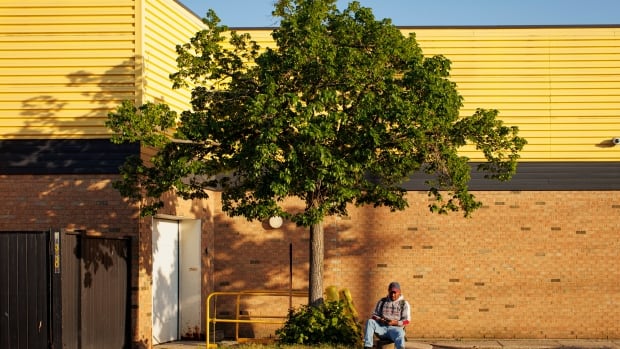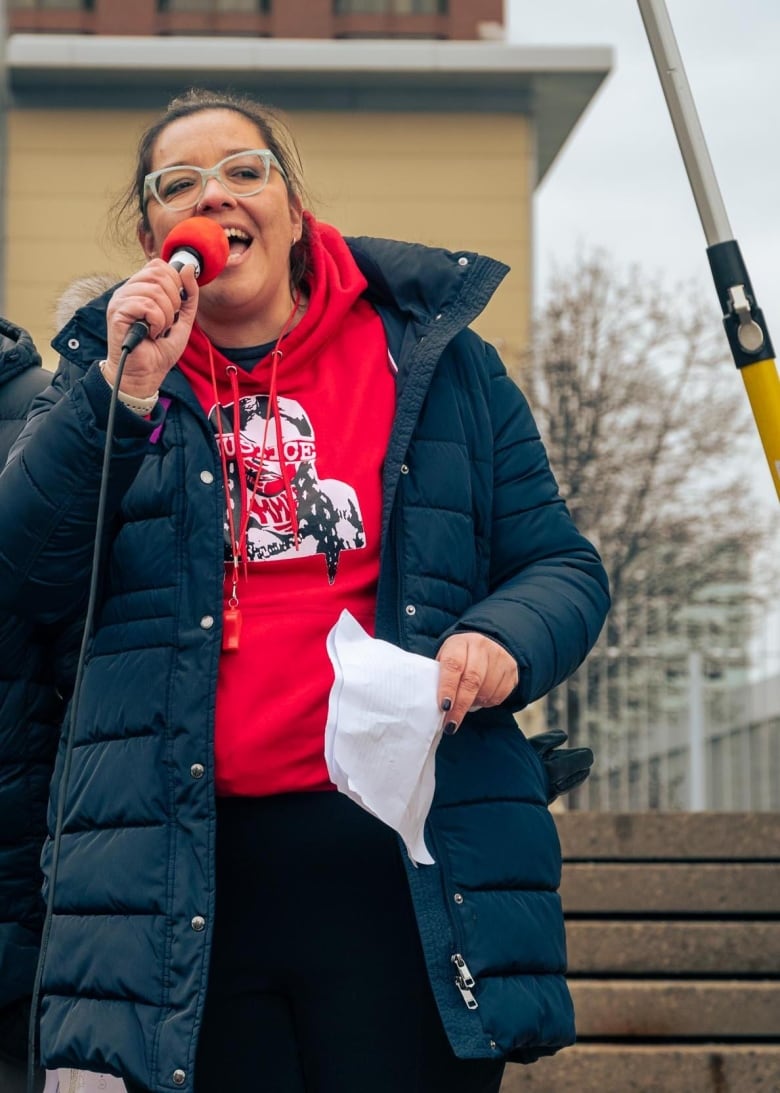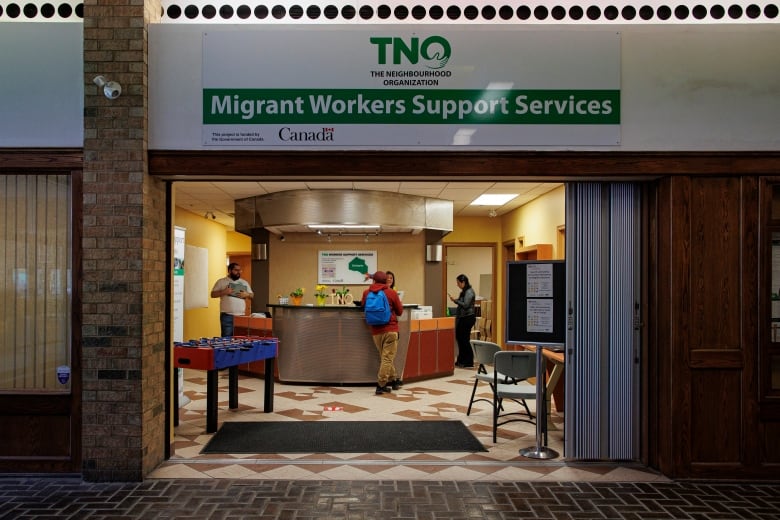
During the nine years he worked as a migrant farm worker in Ontario, Sidique Ali-Hosein says he noticed a rift between workers of different cultural backgrounds.
Caribbean and Mexican workers often kept to themselves, he said, sometimes because of differences like language but other times because the employers grouped workers into bubbles.
“When a farm worker comes, they’re more or less in a bubble … Caribbean workers, they’re not sure of what their rights are, [just like Mexican workers] they are kept into a bubble, uneducated,” he said.
Ali-Hosein came to Canada from Trinidad and Tobago for the first time in 2013. He worked at a farm in Simcoe, Ont., before getting an open work permit. He now works at a pharmaceutical distribution warehouse in Toronto.
Looking back, Ali-Hosein said divisions sometimes translated into hostile situations such as workers cutting in line in front others, he said.
Researchers and advocates say employers and the structure of the federal program itself reinforce divisions between workers, and hope to see more intentional efforts to unite them.
A divide with systemic roots
Through the Seasonal Agricultural Worker Program (SAWP), Canadian employers hire and fly in temporary foreign workers.
The program is open to workers from Mexico or several specific Caribbean countries (Anguilla, Antigua and Barbuda, Barbados, Dominica, Grenada, Jamaica, Montserrat, St. Kitts-Nevis, St. Lucia, St. Vincent and the Grenadines, and Trinidad and Tobago).
Kristin Lozanski, professor at the University of Western Ontario, has spent the last eight years travelling to the Niagara Region while researching tourism and farm work in the area.
She said this divide between workers from Mexico and the Caribbean has been built into the program almost from the start.
SAWP started in 1966 with Jamaican workers, said Lozanski, and was expanded to the Caribbean until 1974, when they decided to include Mexico.
She said the addition was made as a way to take power from Caribbean workers who were advocating for better conditions in the program, therefore making the program “constructed on the premise of competition.”
“There was a sense that the Caribbean was building up too much power, and they needed to balance that power,” she said.
Workers still compete, Lozanski said, and often over the jobs themselves.
Workers are aware their livelihood lies completely in the hands of employers, who can decide not to invite a worker back with no previous warning, said Lozanski. And just like that, she said, a farmer can also decide to replace their current workforce with workers from another country entirely, further emphasizing the competition between workers.

Luisa Ortíz-Garza, an organizer with Migrant Workers Alliance for Change (MWAC), echoed the point and said she knows of workers having been threatened with replacement.
“Let’s say it’s a farm with only Jamaican workers, and the employers are constantly saying, ‘if you don’t work faster, if you don’t produce as much as they want them to produce, we’re gonna bring Mexican workers,’ and the same happens for Mexican workers,” she said.
Ortíz-Garza said in her experience speaking with migrant workers, many think one group has it “better than the other.”
“Mexican workers would say, Jamaicans have it easier because they speak English … And then Jamaican workers would say Mexicans have it easier, because the employers like them better,” she said.
In most cases, both Ortíz-Garza and Lozanski said farms don’t usually have workers from Mexico and the Caribbean working together, citing language barriers. They often live in separate houses too, creating minimum interaction between the two groups.
The separation not only creates competition, said Ortíz-Garza, but also prevents unity and camaraderie.
“At the end of the day, they’re going through the same thing. They are in the same program,” she said.
Bringing workers together intentionally
Ortíz-Garza said the best way of ending the competition between Mexican and Caribbean farm workers is to give them the option to become permanent residents. That way, the fear of being replaced will no longer be a problem with job security.
Even when they are together, however, communication is often difficult because of language, so Lozanski said bridging the gap between Mexican and Caribbean workers must be done intentionally.
Lozanski also added that most workers are here with the sole purpose of earning a living, so going out of their way to make friends with one another is not at the top of their priorities.

However, Ortíz-Garza said creating spaces where workers can spend time together is extremely beneficial to both groups.
Although Ali-Husain is no longer a migrant worker, he volunteers with the Neighbourhood Organization, a Toronto-based group which provides services to newcomers across Ontario including migrant workers in Simcoe.
He says he volunteers to help workers get information and support he wish he had when he had first arrived.
He said he’s seen first hand how workers are trying to help each other, even when they don’t speak the same language.
“People are aware now, because the workforce is changing,” he said. “They are kind of basically helping each other to be awake and aware of what’s going on in the work environment.”